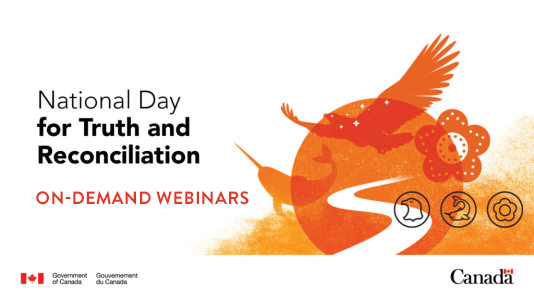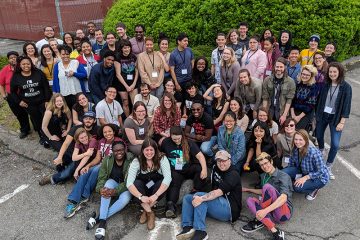Understanding the National Day for Truth and Reconciliation

Introduction
The National Day for Truth and Reconciliation, marked on September 30th, holds profound significance in Canada as a day to acknowledge and reflect on the tragic history and ongoing impact of residential schools on Indigenous peoples. This day serves not only as a time of remembrance but also as a call to action for all Canadians to engage in meaningful conversations about Indigenous rights and reconciliation.
Historical Background
In 2015, the Truth and Reconciliation Commission (TRC) presented its findings regarding the injustices faced by Indigenous communities through the residential school system. As part of their 94 Calls to Action, the establishment of a national day of observation was recommended as a way to promote awareness and foster discussion about healing and reconciliation.
On June 3, 2021, the federal government officially recognized September 30th as the National Day for Truth and Reconciliation, coming into effect in 2021. This event aligns with Orange Shirt Day, a movement that originated from the experiences of residential school survivor Phyllis Webstad, who wanted to highlight the importance of remembering those impacted by the schools.
National Observance and Events
The National Day for Truth and Reconciliation is recognized by various provinces and territories across Canada, with numerous activities organized to honor the resilience of Indigenous peoples. Events might include educational workshops, cultural performances, storytelling sessions, and community gatherings aimed at fostering dialogue and understanding. The day is also a time to encourage Canadians to wear orange shirts as a visible sign of support and a reminder of the ongoing journey towards reconciliation.
The Importance of Reflection
This day is crucial for individual and collective reflection. It urges Canadians to confront uncomfortable truths about their country’s history and consider how each person can contribute to the reconciliation process. Educational institutions, organizations, and communities play a vital role in this. Schools across Canada are encouraged to incorporate discussions about the impacts of colonialism and the significance of reconciliation into their curricula.
Conclusion
The National Day for Truth and Reconciliation is more than just a public holiday; it symbolizes a collective commitment to acknowledge past wrongs and strive for a better future. Engaging in thoughtful dialogue and actions is essential for healing and establishing relationships based on respect and understanding. As Canada moves forward, it is imperative for all citizens to participate in the ongoing process of reconciliation and to educate themselves about Indigenous histories and cultures, fostering a united nation that embraces diversity and healing.









